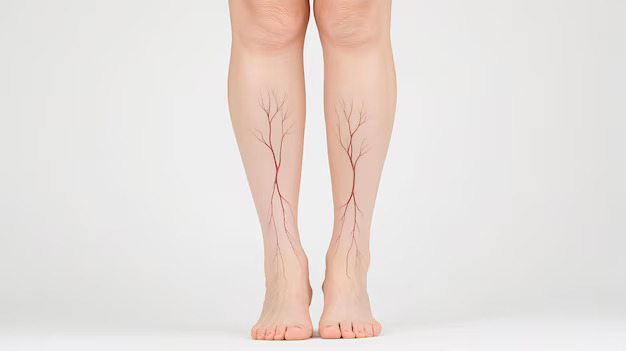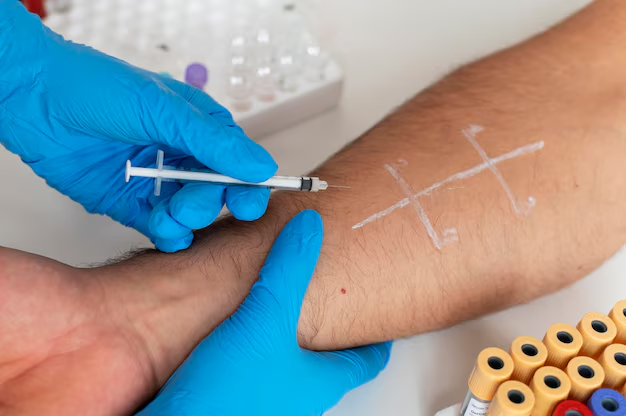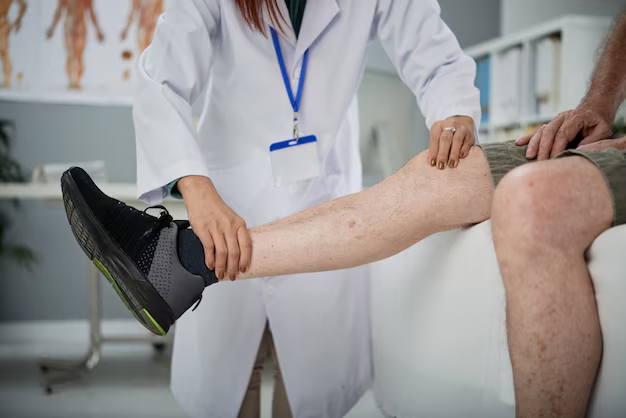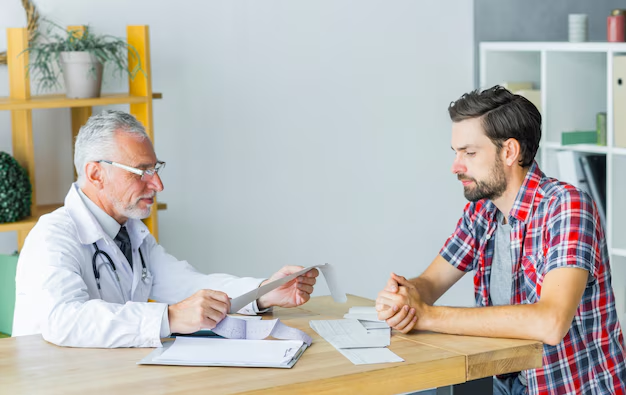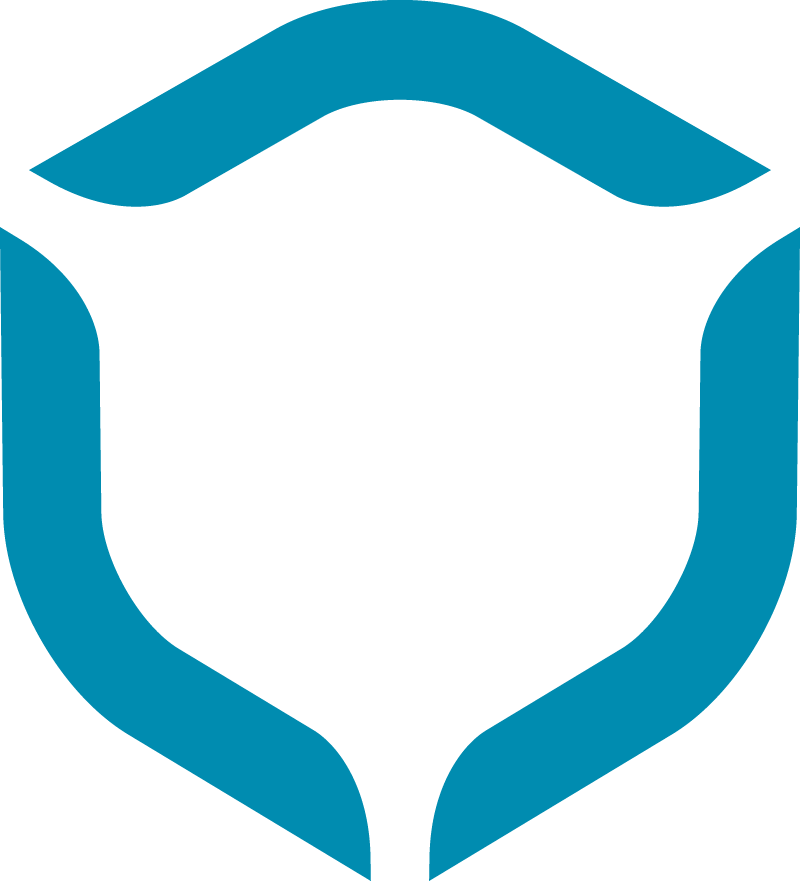How Movement Supports Circulation
To get blood back to your heart, especially from the legs where it must go uphill against gravity, your veins must work extra hard. Without sufficient movement, the flow slows down, resulting in symptoms such as swelling, heaviness, and varicose veins. This is where exercises for vein health come in, often recommended by varicose vein doctors to support circulation and prevent complications.
By using your muscles, particularly those in your thighs and calves, you can increase circulation and squeeze your veins. Even light activity throughout the day helps improve blood flow in the legs, reducing the pressure that causes vein issues to worsen and helps manage discomfort, an important part of any pain treatment strategy.
Best Low-Impact Exercises
You don’t need intense workouts to support your veins. In fact, low-impact exercises are ideal for keeping blood flowing without straining your joints and are highly recommended as part of varicose vein treatment plans.
WALKING
Walking is an excellent exercise for vein health. It directly activates the calf muscle pump and is simple and convenient. Aim for 30 minutes a day — even split into 10-minute sessions if needed. Regular walking enhances circulation in the legs, reduces pressure in the veins, and can support outcomes in pain treatment for those dealing with leg discomfort.
SWIMMING
Swimming is another top option. Water supports your body weight, putting less stress on your joints and aiding in smooth blood circulation. Its gentle full-body motion makes it an excellent workout for those managing varicose vein treatment plans.
LEG LIFTS
Leg lifts are excellent for home routines. Lie on your back, lift one leg, hold for a few seconds, and slowly return to the starting position. For 10 to 15 repetitions each, switch up your legs. This strengthens muscles and boosts the return of blood to the heart, helping manage swelling and discomfort associated with varicose veins.
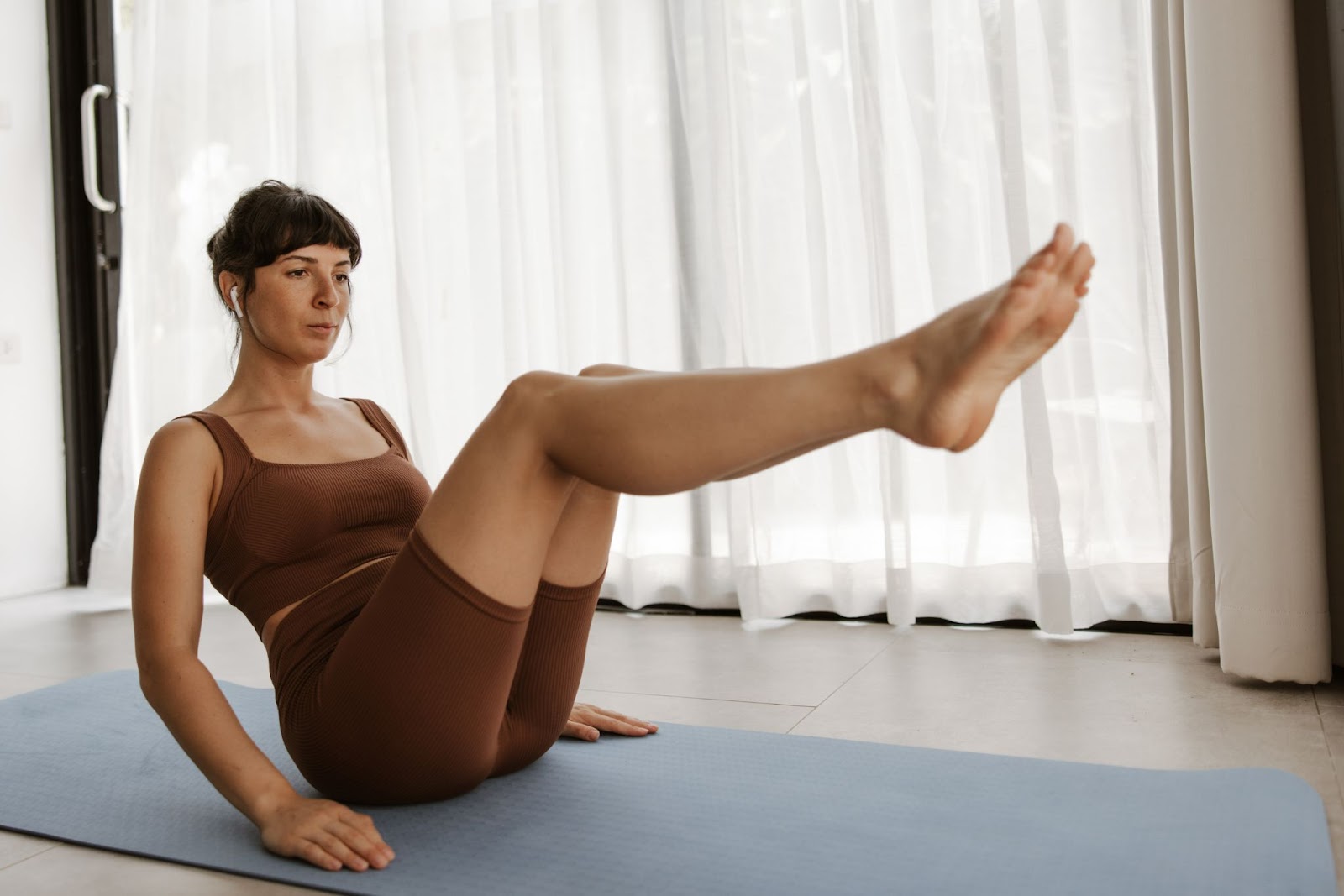
RECUMBENT BIKE
Stationary biking promotes steady leg movement, which benefits the veins. Start with 5–10 minutes of slow cycling and build up. It’s a popular low-impact option for individuals following varicose vein treatment advice from varicose vein doctors.
At-Home Vein-Friendly Stretches
You don’t need expensive equipment to care for your veins. There are simple, effective exercises you can do at home to encourage circulation and ease discomfort, which is a crucial part of pain treatment.
FOOT PUMPS
Point your toes away from your body after flexing them upward while seated. This keeps blood from pooling in your feet and ankles, making it a helpful exercise for anyone undergoing varicose vein treatment.
ANKLE CIRCLES
Sit in a chair or on your bed, lift one foot, and move it in slow circles. Do 10–15 in each direction and then switch feet. This simple motion improves circulation and relieves tension in the lower legs.
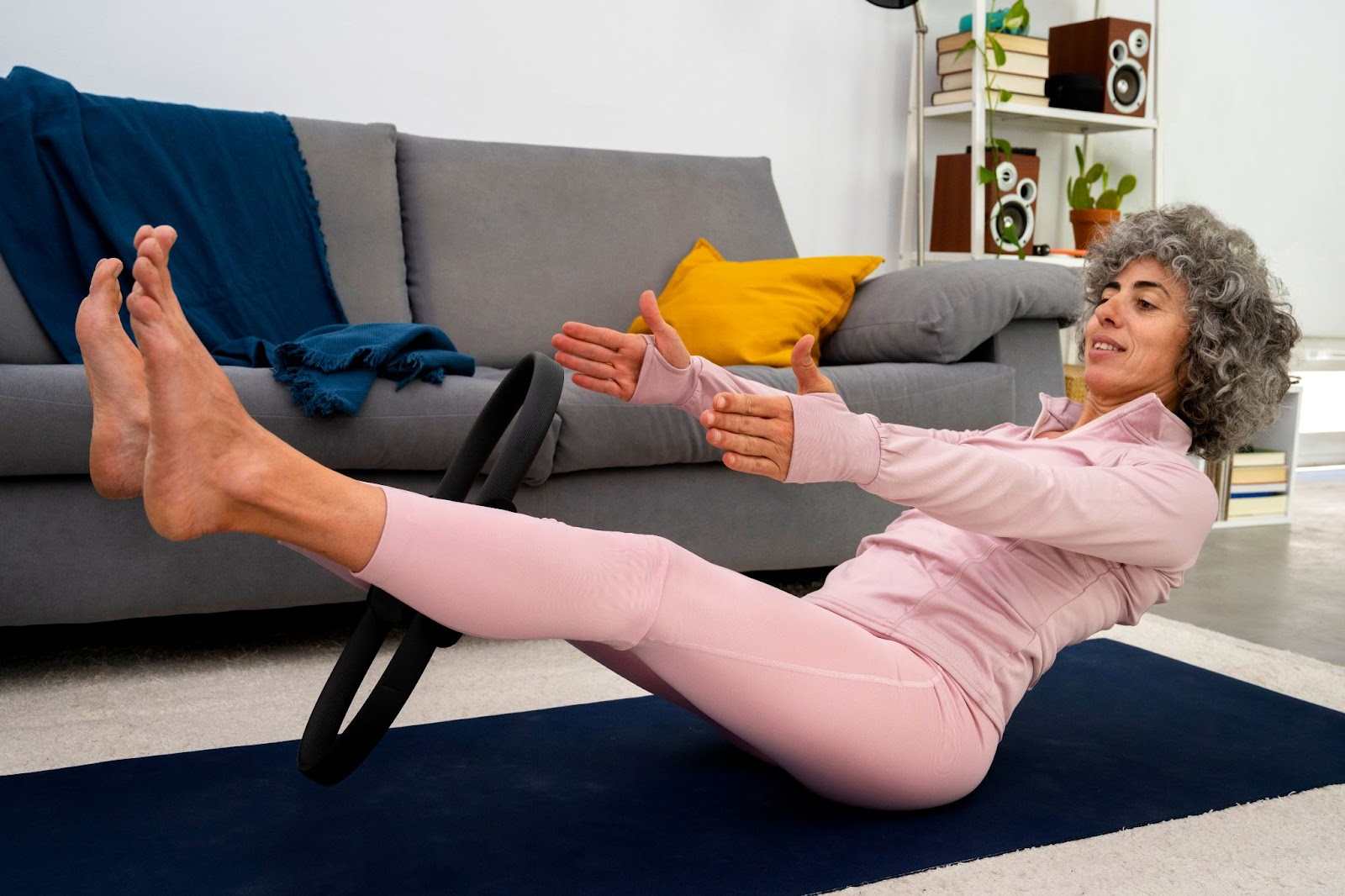
TOE FLEXES
Toe flexes are ideal for easing leg pressure after a busy day. While reclining, extend your legs and flex your toes forward and backward 20 times on each leg. This promotes vein fitness and is often recommended by varicose vein doctors for maintaining blood flow and reducing swelling.
WALL LEG REST
Lie on your back and lift your legs vertically against a wall. This passive stretch encourages blood to drain from the legs and reduces vein pressure. It’s an excellent recovery position for people receiving varicose vein treatment or managing chronic leg discomfort.
FORWARD FOLD STRETCH
Stand with your feet hip-width apart, slowly bend at the hips, and let your upper body hang toward the floor. Keep a slight bend in your knees if needed. This calming stretch relieves tension and improves circulation.
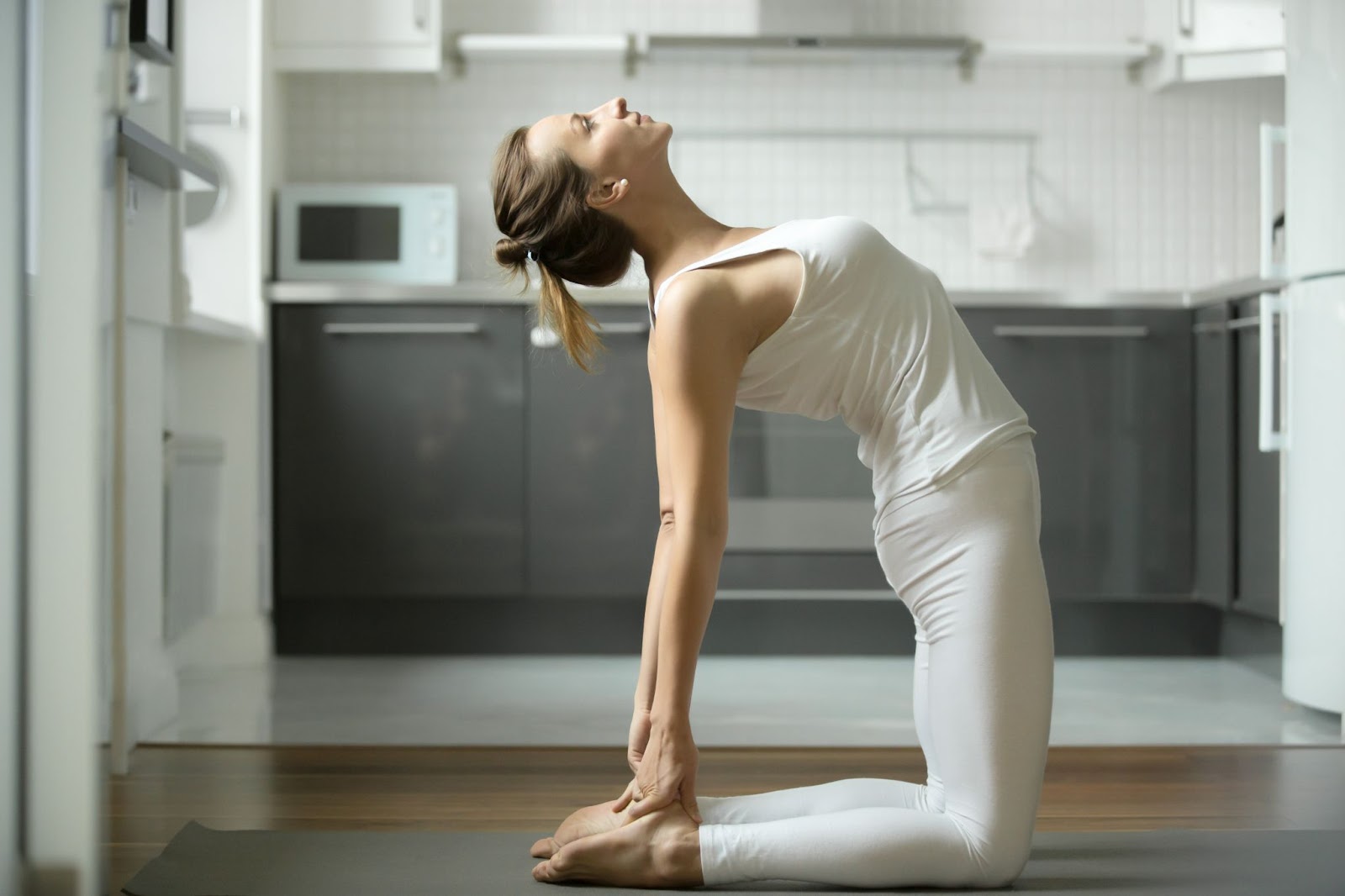
Tips to Stay Consistent
Incorporating movement into your daily routine is key to maintaining healthy veins. The more regularly you engage in vein-friendly exercises, the better your outcomes, especially when managing varicose vein treatment or working with varicose vein doctors for chronic conditions.
Begin with a manageable routine. Even 10–15 minutes daily can make a significant difference. Take short walking breaks every hour at work, stretch while watching TV, or perform calf raises while brushing your teeth. These small, simple movements enhance circulation and contribute to effective pain treatment strategies for swollen or tired legs.
Maintain hydration, utilize a yoga mat for stretches, and dress in supportive footwear to create a pleasant atmosphere. Enjoying your routine makes it easier to stick with it, and having a friend join you can boost motivation.
When to Modify or Avoid Specific Movements
Most vein health exercises are gentle and safe, but it’s important to listen to your body. If you experience pain, persistent swelling, or noticeable vein changes, adjust your routine and consult a healthcare provider or varicose vein doctors.
Avoid exercises that put excessive pressure on your legs, like heavy squats or high-impact running, especially if you have existing varicose veins. These can worsen symptoms. Stick to low-impact, vein-friendly activities that align with your varicose vein treatment plan.
If you’re uncertain which exercises are right for your situation, a vein specialist or physical therapist can help tailor a safe, effective routine as part of your overall pain treatment strategy.
Final Thoughts: Keep Moving for Better Vein Health
You do not have to live with varicose veins and aching, swollen legs in quiet. Regular movement is one of the best things you can do for your vein health. By choosing exercises like walking, swimming, leg lifts, and stretches, you can enhance circulation in your legs and improve your overall well-being.
Be patient, stay consistent, and start small. Whether it’s a short daily stroll, a morning stretch, or a cycling session, every bit of movement helps. Should your symptoms worsen or persist despite these efforts, consult a healthcare provider or a varicose vein doctors. Modern varicose vein treatment options can complement your exercise routine and further improve your comfort and circulation.
Your veins matter — and with a little effort each day, you can make meaningful strides toward better vein health and lasting relief.
To learn more about their vein care services, visit MVM Health’s website.
Healing and Care Post Vein Ablation
Deadlifts and Spondylolisthesis: Friend or Foe? Vascular Specialists: Your Experts for Vein Issues


